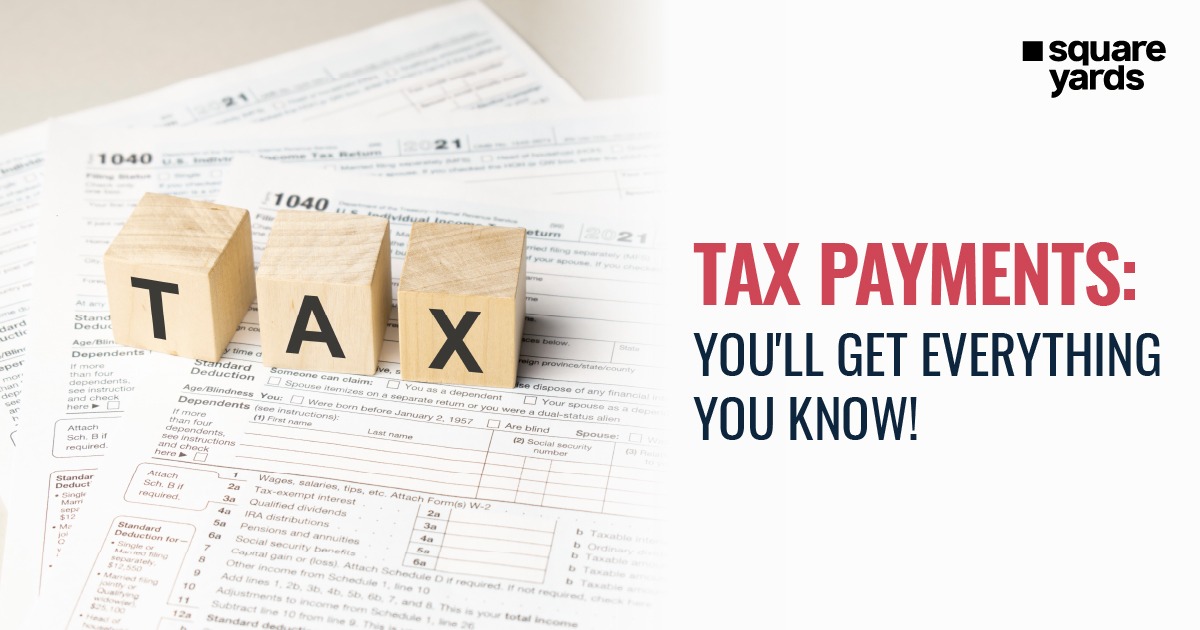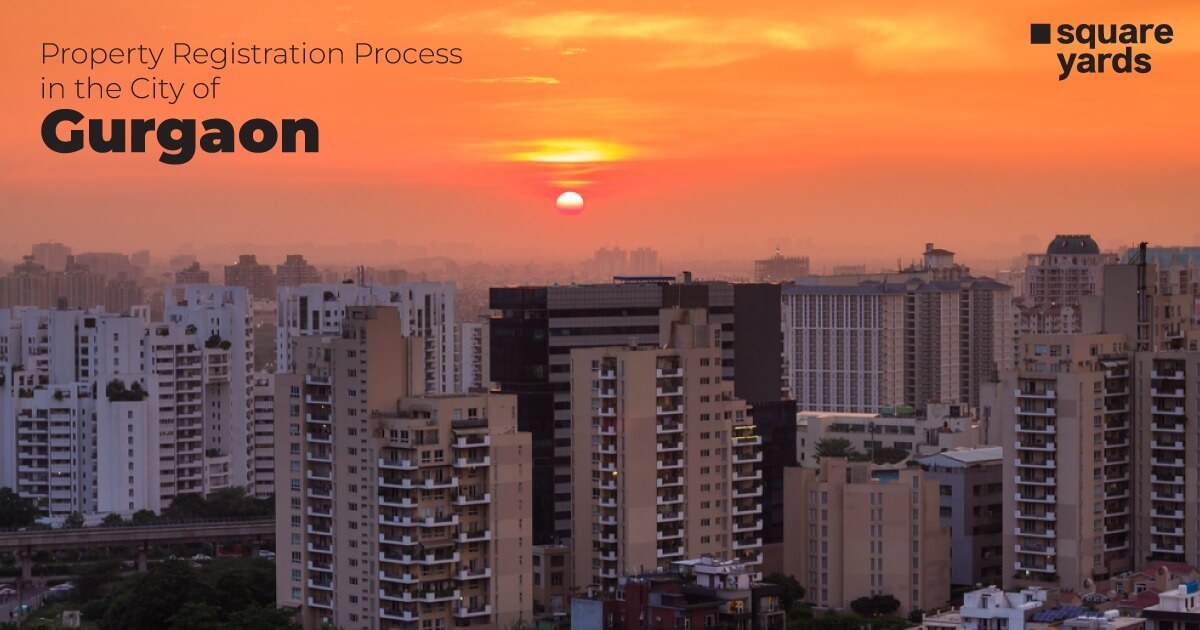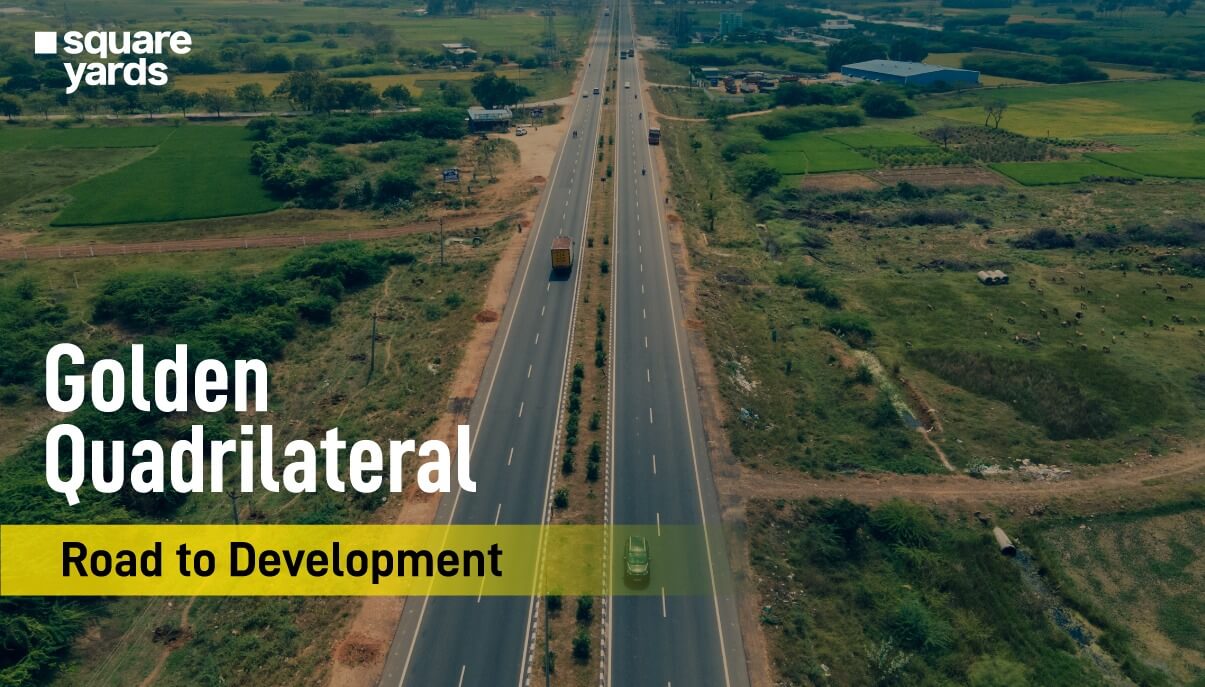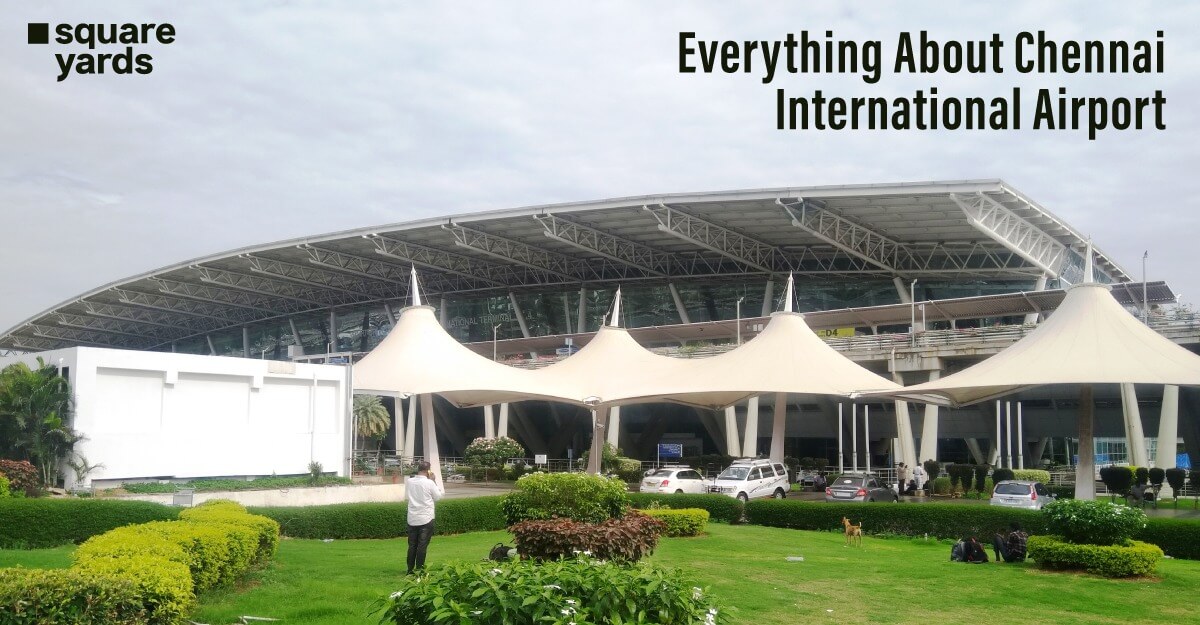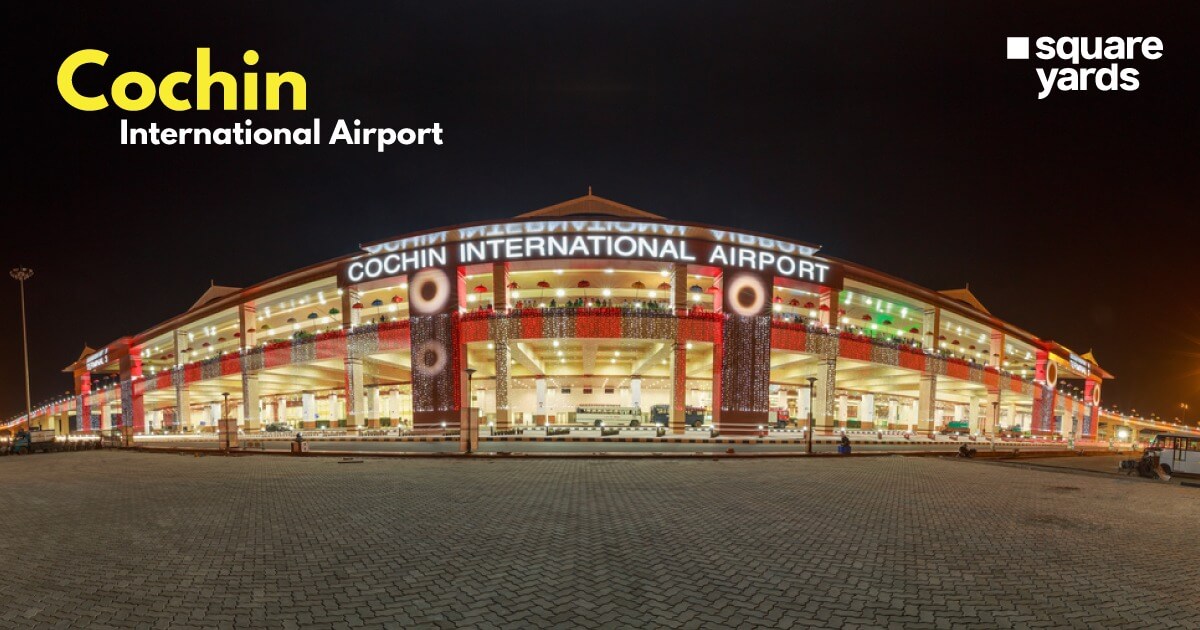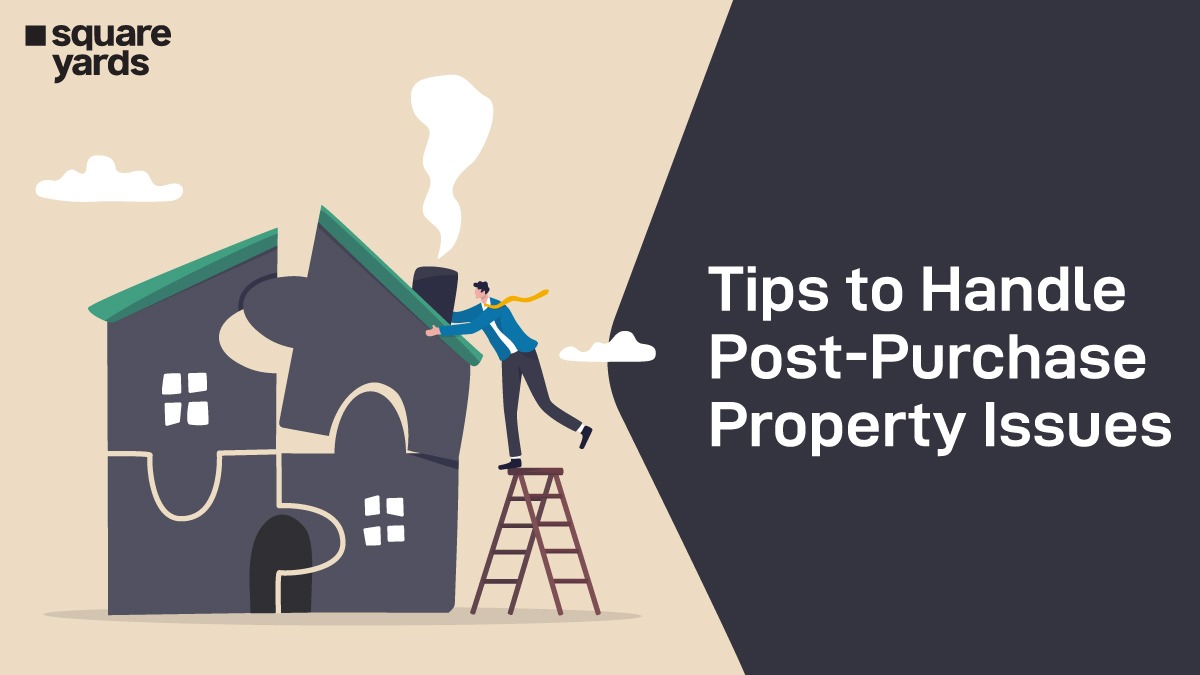Square Yards brings to you another year-ender interview series on the post-Covid trends that emerged in real estate this year. Amit Parsuramka, Senior Vice President & Chief Sales & CRM Officer, Tata Realty & Infrastructure Limited spoke to Sruthi Kailas from Square Yards about the growing demand for township developments in the post-COVID era.
What according to you has been the most long-lasting impact of COVID on residential real estate?
During the pandemic period, the realty market has seen shifting buyer preferences from under-construction to ready-to-move-in (RTMI) properties. There has also been a shift in people’s mindset, with the emergence of a strong preference towards established builders, owing to the security their reputation provides. The rise in work-from-home culture has made homebuyers realise the importance of spacious homes and township projects. This sentiment reflected through an increase in interest towards larger and spacious homes from Indian as well as NRI buyers.
There has been a growing demand for township projects in the post-COVID era. Your comments on this trend.
COVID-19 has surely sparked a desire for a better home amongst the masses. People have been confined to the four walls of their homes for months now and the impact of this lockdown will be felt over the next year at least, as they continue to practice social distancing. With the future being highly uncertain, it is very likely that people will invest in township projects where they can have all the required amenities close to their home, helping them avoid unnecessary travel.
Another big advantage of investing in a township is the affordability factor. With projects beginning at Rs. 48 Lakhs, most townships are competitively priced as compared to homes in the main city. Work-from-home is the new norm for most people and buyers are willing to invest in properties which are spacious, airy, surrounded by greenery and have a decent connectivity.
While the world evolves and adapts to the work-from-home culture, it will surely not be a permanent solution for many professionals. Organisations have started encouraging employees to ‘walk from home’ or walk near home and business, owing to a strong need for de-densification. This requirement for having commercial and retail places close to residential areas is further expected to boost the demand for township projects, as more people choose to walk-to-work.
Give us a perspective on the current demand and supply scenario of township projects in the country?
Demand for township projects has been increasing since the outbreak, predominantly in the Ready-To-Move-In (RTMI) space and it is now steadily gathering pace in the Under construction (UC) space as well. Interestingly, the prospective consumer profiles comprise of more serious buyers and less of window shoppers. Demand in real estate has now become more need-based, owing to the pandemic. Another factor that contributed to this surge in demand was the excellent returns investors gained in the short run in the equity markets and invested into Ready units. The bottoming of the prices in real estate space and the increasing number of customers who were on the fence waiting for the price correction finally taking the plunge was the third factor for this rise in demand.
On the supply side, the same does not hold true as no new projects were launched in the pandemic. Several projects were postponed, and the restricted funds flow too made the situation worse. With further consolidation, we can expect supply to increase from Q1 2021 and reach pre-Covid levels by Q3 2021.
Township projects require large parcels of land for development. Do you think the real estate sector is equipped to deliver from a supply point of view?
Due to the pandemic, the formats of housing offered are changing to suit homebuyer requirements. For instance, Mumbai offered crammed homes in the pre-Covid period, with apartment sizes being shrunk to achieve the sweet spot. However, post-Covid, the homebuyer demand patterns have changed as they need more space to suit multiple needs at home. Social distancing norms and subsequent work-from-home culture have made homes the new hub for work, school as well as entertainment needs. In line with this, townships do offer the internal and external space to address this new customer preference.
We can expect places like Mumbai to face such imbalance in terms of land supply catering to township requirements, owing to its already existing land issues. However, Greater Mumbai will witness more such township projects due to the availability of large land parcels in that region. Bangalore, Pune, Hyderabad, Chennai are some of the cities that will continue to offer formats like townships as they are not so landlocked and the scope for expansion at the outer periphery is quite possible.
The real estate sector has bounced back faster than expected ever since the economy unlocked? Do you think these pandemic-induced trends such as the demand for township projects and plotted developments would last long?
People who prefer investing in township projects region mainly do so for three reasons, the affordability factor, improving social infrastructure and connectivity to the main city. Massive urbanization and overcrowding were a major problem in metro cities prior to the pandemic as well. Now, more than ever before, it is crucial for people to reassess their living conditions and accordingly take decisions to ensure safety and well-being of their families. Hence, we can expect more and more people to invest in mixed use developments as it is a perfect blend of residential, commercial, cultural, and institutional use.







